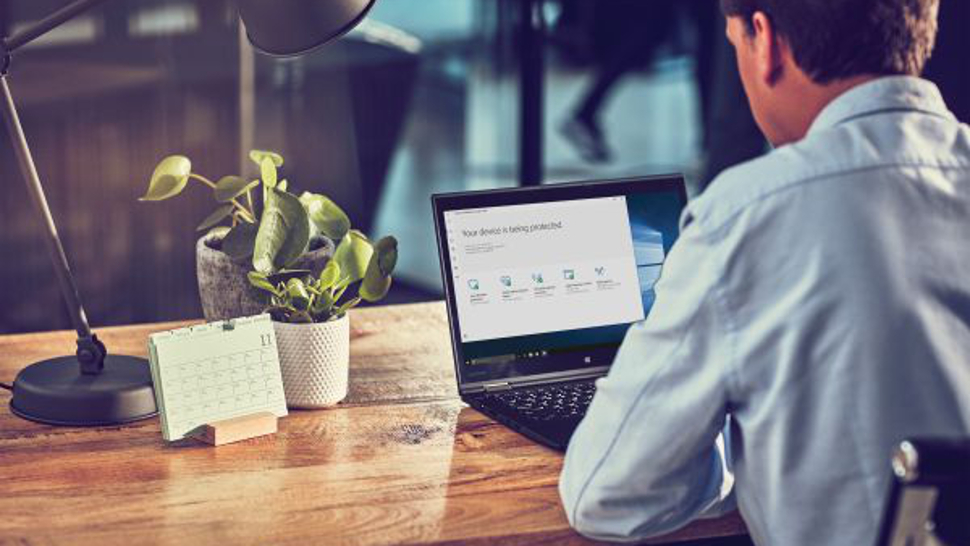
Windows 10 version 21H2 is no longer officially supported by Microsoft, so those still running that incarnation of the operating system need to act now.
As of yesterday, the last security update was released for Windows 10 21H2, namely the June cumulative update.
That’s the final bunch of fixes for vulnerabilities that’ll be provided to users still on 21H2, hence the need to upgrade in the next few weeks, before July’s round of patching happens (and you miss out if still on 21H2).
In a release health update, Microsoft informed us: “On June 13, 2023, Home, Pro, Pro Education and Pro for Workstations editions of Windows 10, version 21H2 will reach end of servicing. The upcoming June 2023 security update, to be released on June 13, 2023, will be the last update available for this version.”
At this point, PCs still running Windows 10 21H2 will have a forced update initiated before too long.
Microsoft explained: “Windows Update will automatically initiate a feature update for Windows 10 consumer devices and non-managed business devices that are at, or within several months of reaching end of servicing.”
Analysis: Enforced upgrades are a necessary evil
That forced update will push users to Windows 10 version 22H2, but of course, that has to happen. When the rug is pulled for support on an older version of Windows, and security updates are no longer provided, you shouldn’t keep the OS on your PC (unless you’re not going to connect to the internet at all).
Staying online with vulnerabilities present on your system (which is bound to happen in time, as new security flaws are discovered and not patched) is a foolish thing to do.
So, your choice is an upgrade to 22H2, or as Microsoft would prefer, you could make the leap to Windows 11. If, of course, your PC is capable of running Windows 11, which it may not be (if you have an older CPU, or your computer lacks TPM support – there may be ways around these problems, but such hardware upgrades can be fiddly, naturally).
As you may be aware, Windows 10 will not get any new features going forward – Microsoft is only supplying security updates now (and maybe the odd very minor feature tweak here and there, but nothing of any substance). All of this is part of Microsoft’s not-so-subtle pushing to get you to upgrade to Windows 11, an OS which has struggled with its pace of adoption compared to Windows 10.







